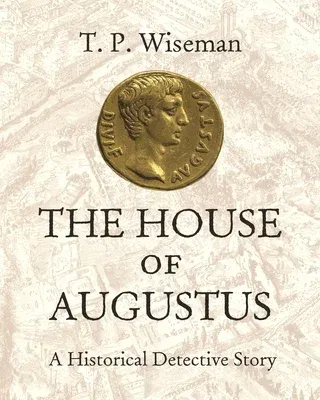A radical reexamination of the textual and archaeological evidence
about Augustus and the Palatine
Caesar Augustus (63 BC-AD 14), who is usually thought of as the first
Roman emperor, lived on the Palatine Hill, the place from which the word
"palace" originates. A startling reassessment of textual and
archaeological evidence, The House of Augustus demonstrates that
Augustus was never an emperor in any meaningful sense of the word, that
he never had a palace, and that the so-called "Casa di Augusto"
excavated on the Palatine was a lavish aristocratic house destroyed by
the young Caesar in order to build the temple of Apollo. Exploring the
Palatine from its first occupation to the present, T. P. Wiseman
proposes a reexamination of the "Augustan Age," including much of its
literature.
Wiseman shows how the political and ideological background of Augustus'
rise to power offers a radically different interpretation of the ancient
evidence about the Augustan Palatine. Taking a long historical
perspective in order to better understand the topography, Wiseman
considers the legendary stories of Rome's origins--in particular
Romulus' foundation and inauguration of the city on the summit of the
Palatine. He examines the new temple of Apollo and the piazza it
overlooked, as well as the portico around it with its library used as a
hall for Senate meetings, and he illustrates how Commander Caesar, who
became Caesar Augustus, was the champion of the Roman people against an
oppressive oligarchy corrupting the Republic.
A decisive intervention in a critical debate among ancient historians
and archaeologists, The House of Augustus recalibrates our views of a
crucially important period and a revered public space.

